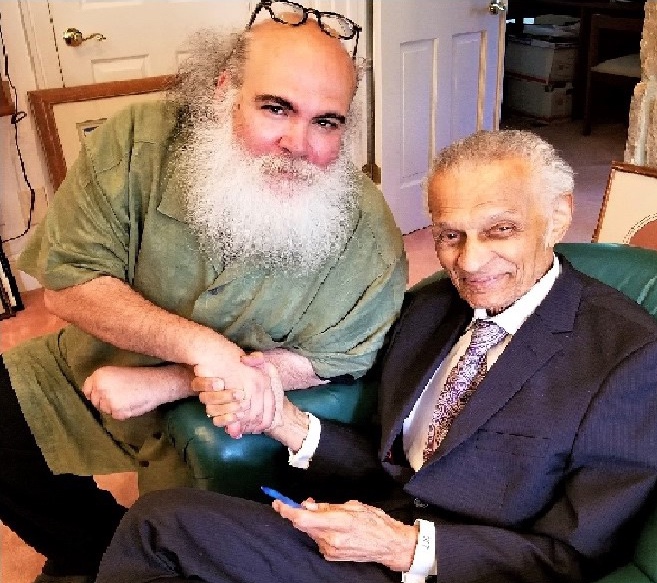This reflection is part of FOR’s ¡Presente! series, honoring the lives of John Lewis, C.T. Vivian and other civil rights movement icons.
Getting to meet, do some work and associate with Rev. C.T. Vivian and Rep. John Lewis (who both passed away this last week), has surely been a privilege — not just because of the tremendous individual qualities of those two men, each Southern-based Black liberation pioneers. What they represent to me (and should to others) is not mainly their roles in the church or the state, but the ongoing decisions that both of them made to BUILD PEOPLE’S MOVEMENTS!!

C.T., like many of his colleagues, could have rested on his 1960’s laurels rather than choose to lead coalitions fighting against the KKK and the racist radical right. John could easily have decided, once an elected congressman, to forget his past life and make his rags-to-riches story the focus of his last decades. Instead, ever the student organizer, John worked to reach new generations about the importance of popular social mobilization: the March.
Continued movement-building was always on their minds. We stand on the shoulders of giants.